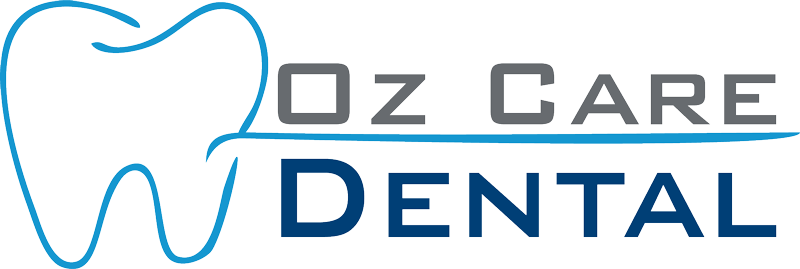Scaling and Airflow Polishing: A Comprehensive Guide to Dental Cleaning
Regular dental cleanings are essential for maintaining oral health, preventing periodontal diseases, and ensuring a bright smile. Among the various dental cleaning techniques, scaling (detartraj) and Airflow polishing are two popular methods used to remove plaque, tartar, and stains from teeth. This blog post delves into the details of each method, their benefits, and what patients can expect during and after the procedures.
What is Scaling?
Scaling, also known as dental prophylaxis, is a common dental procedure aimed at removing plaque and tartar (calculus) that have accumulated on the teeth, especially below the gum line. Plaque is a soft, sticky film containing bacteria, while tartar is a hardened form of plaque that can develop if plaque is not removed promptly. Scaling is critical for preventing gum disease and tooth decay.

Digital CT Scan
First our dental radiologist takes a digital 3D CT Scan of your teeth.Professional Consultation
We will discuss your primary issues and your wishes concerning your teeth.Dental Examination
This is followed by a professional examination of the teeth and gums.Complete Treatment Plan
We devise a complete treatment plan for restoring your healthy smile.What is Scaling?
Benefits of Scaling
- Conservation of Tooth Structure: The minimal preparation required helps preserve the natural structure of the adjacent teeth.
- Aesthetic Appeal: Adhesive bridges are designed to blend seamlessly with the natural teeth, providing an aesthetic and functional restoration.
- Quick Procedure: Typically, the procedure can be completed in fewer visits to the dentist compared to traditional bridges or implants.
- Reversibility: If necessary, the bridge can be removed without significant damage to the supporting teeth.
- Cost-Effective: Generally, adhesive bridges are less expensive than implants and conventional bridges.
The Procedure for Installing Adhesive Bridges
- Initial Consultation: The dentist assesses the gap and the health of the adjacent teeth to determine suitability for an adhesive bridge.
- Preparation: Minimal preparation is done on the adjacent teeth, primarily cleaning and slightly roughening the surface where the wings will attach.
- Impression and Fabrication: An impression of the area is taken and sent to a dental laboratory where the bridge is custom-made.
- Fitting: Once the bridge is ready, it is fitted and adjusted to ensure comfort and proper bite alignment.
- Bonding: The wings are then bonded to the back of the adjacent teeth using a dental adhesive.
Caring for Your Adhesive Bridge
- Regular Oral Hygiene: Brushing twice daily and using interdental brushes or floss to clean under the pontic and around the bridge is essential.
- Regular Dental Checkups: Routine visits are necessary to monitor the health of the bridge and the adjacent teeth.
- Avoiding Hard Foods: To prevent dislodging or damaging the bridge, avoid biting into hard foods with the restored teeth.
- Protective Measures: If you engage in contact sports, consider wearing a mouthguard to protect the bridge and surrounding teeth.
REQUEST AN APPOINTMENT
Fill out the form and we will contact you during our working hours. Urgent dental care will be provided usually the same day.
CONCLUSION
Scaling and Airflow polishing are effective methods for maintaining dental hygiene and preventing oral health issues. This combination not only cleans the teeth but also significantly enhances their aesthetic appearance. If you're looking for an effective way to keep your smile healthy and bright, consider scheduling a scaling and Airflow polishing session with your dentist. Regular maintenance and professional cleaning play a crucial role in preserving your oral health and keeping your smile at its best.


